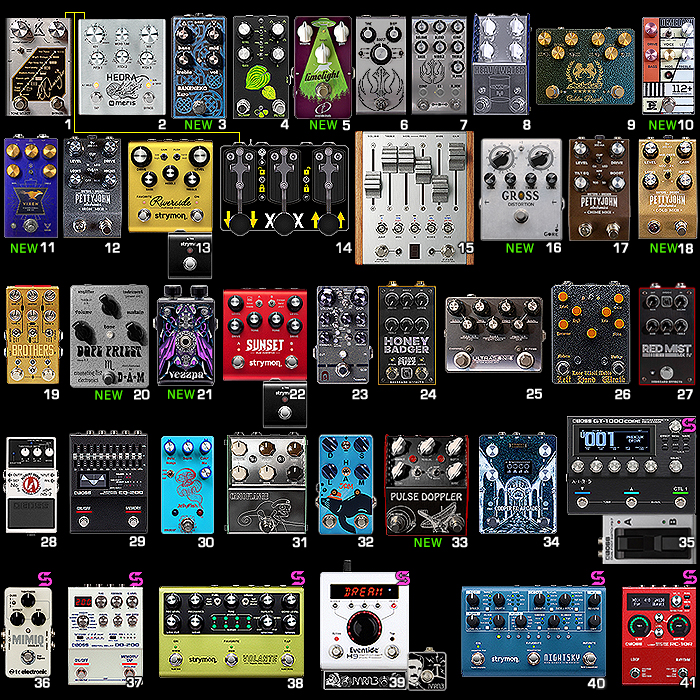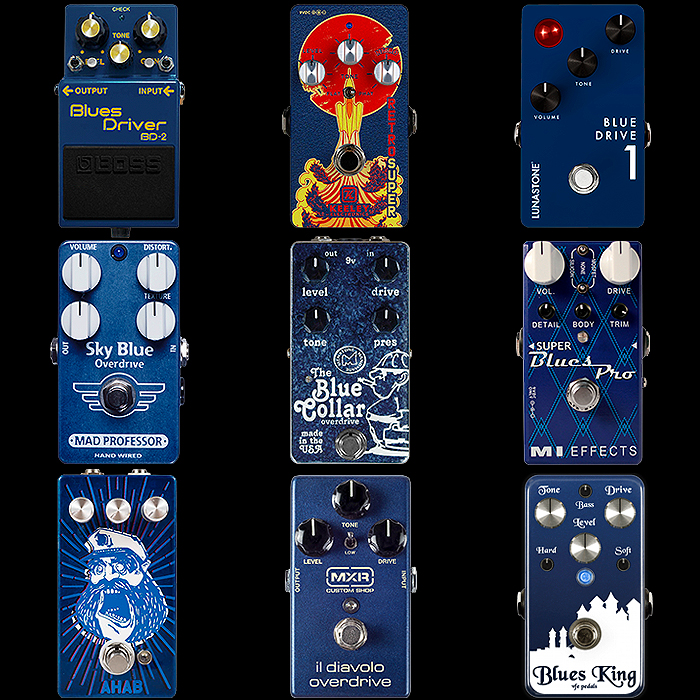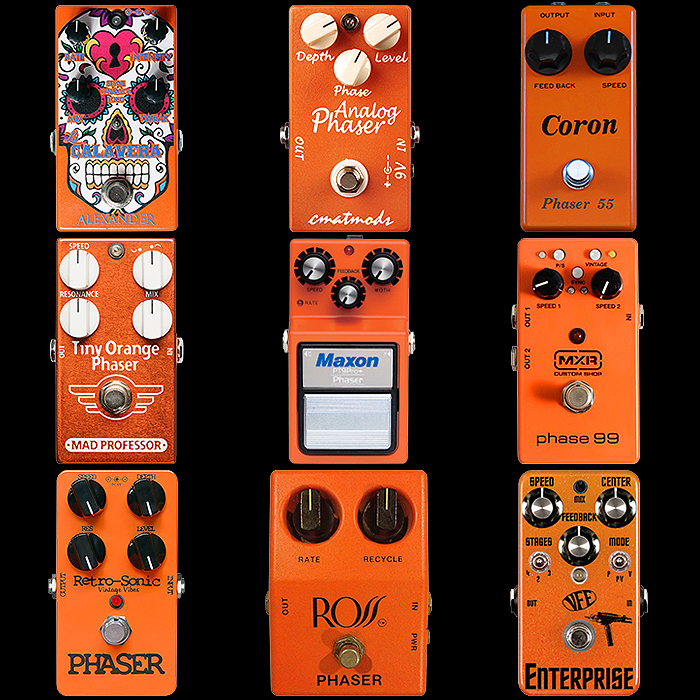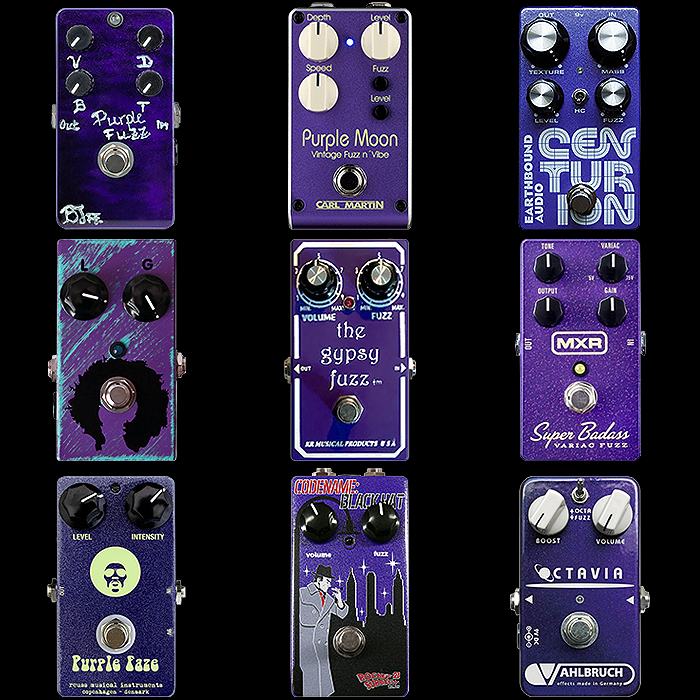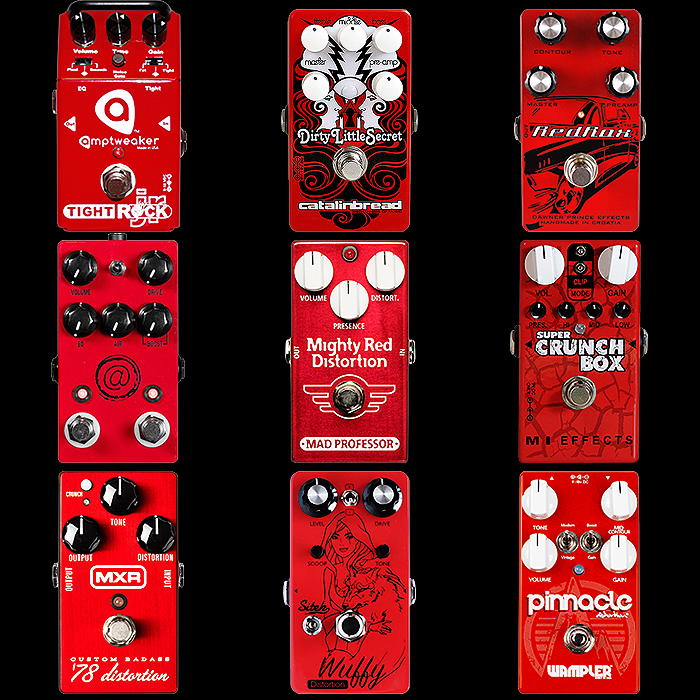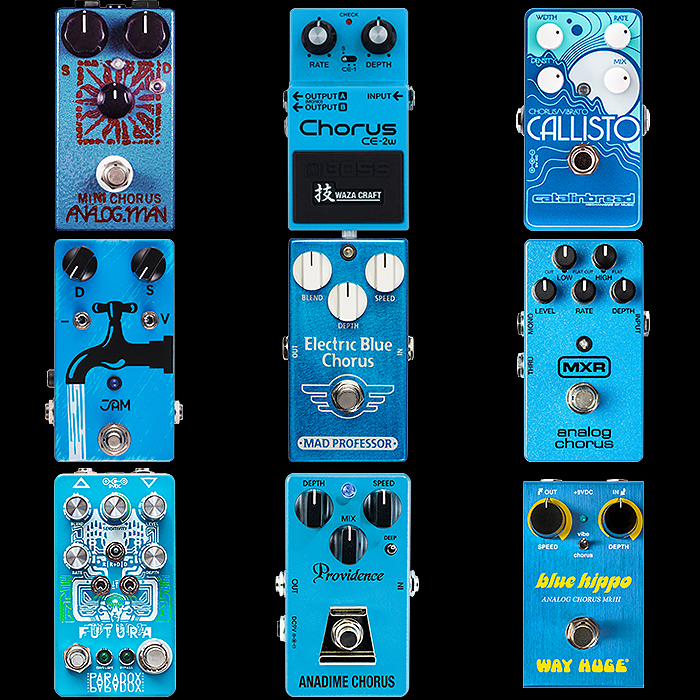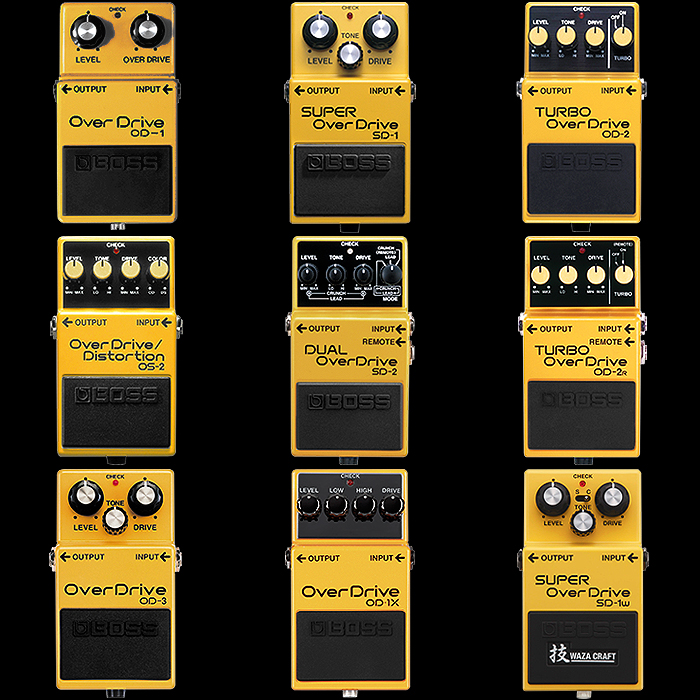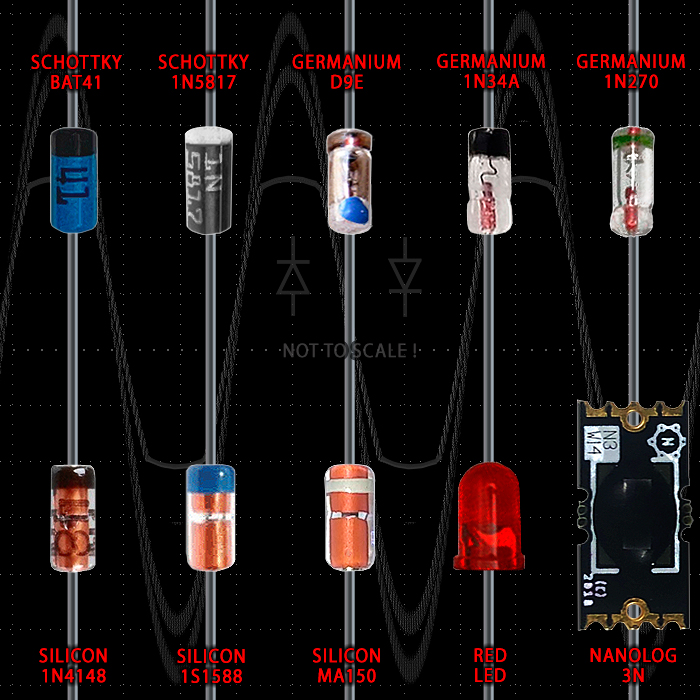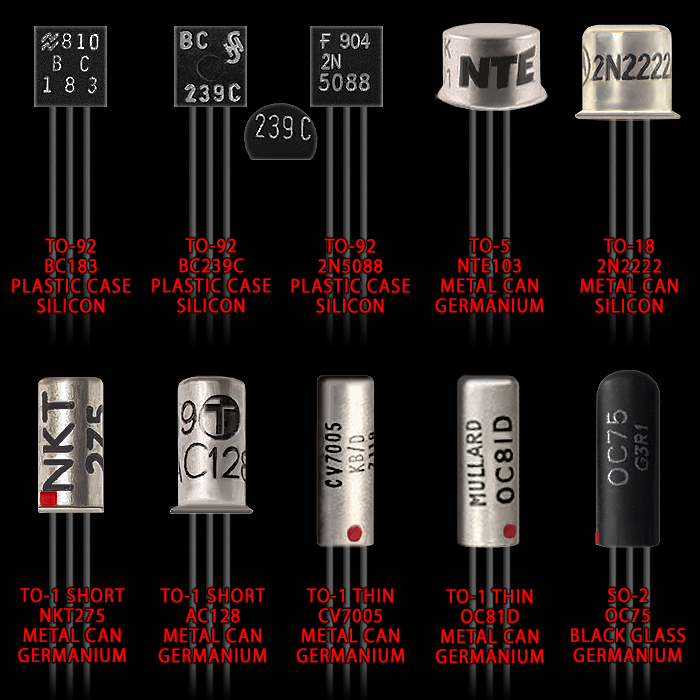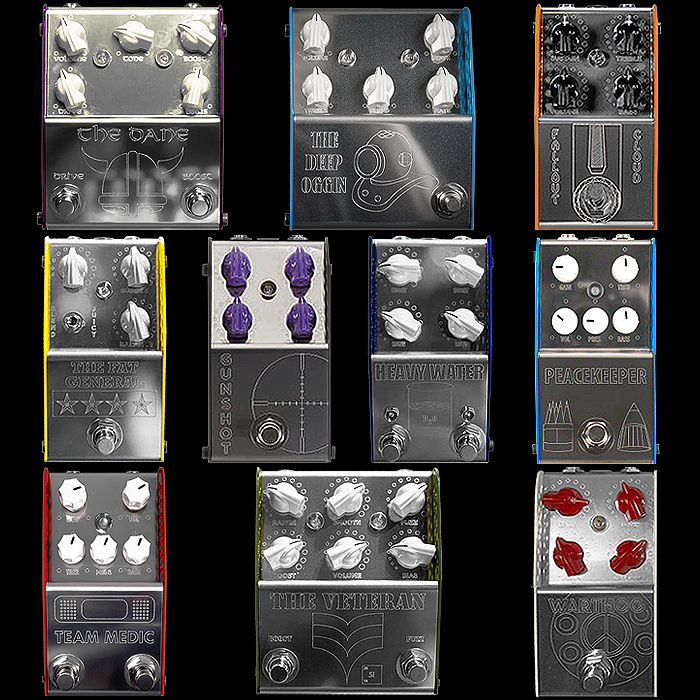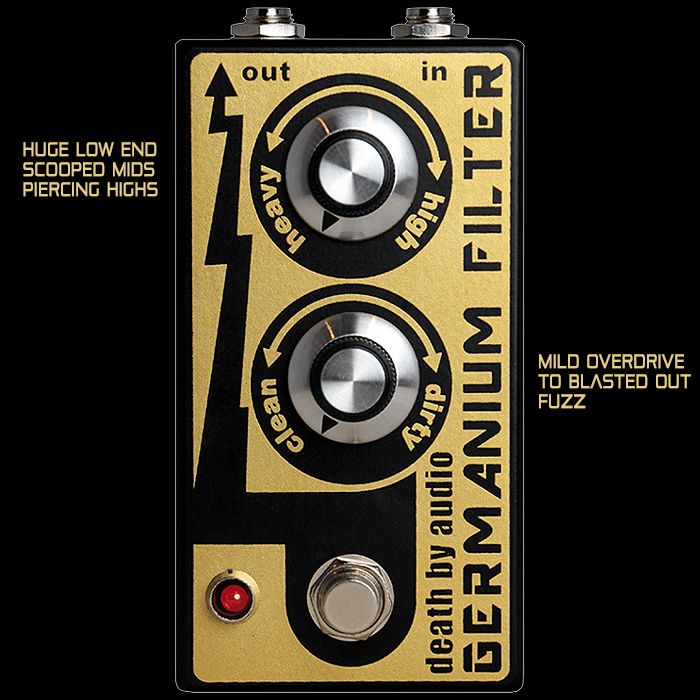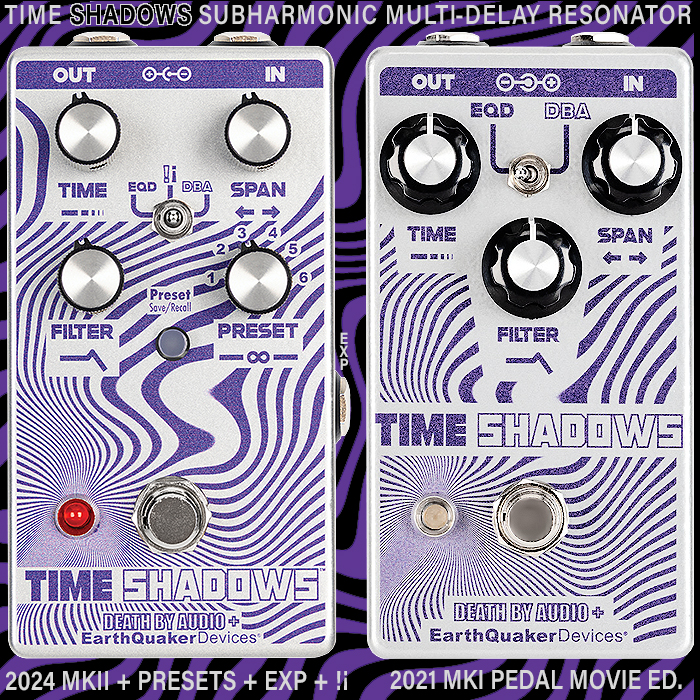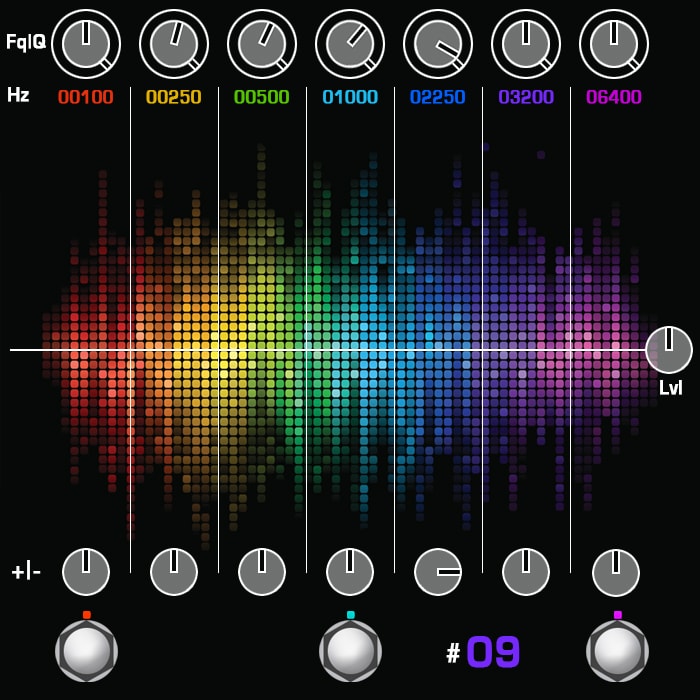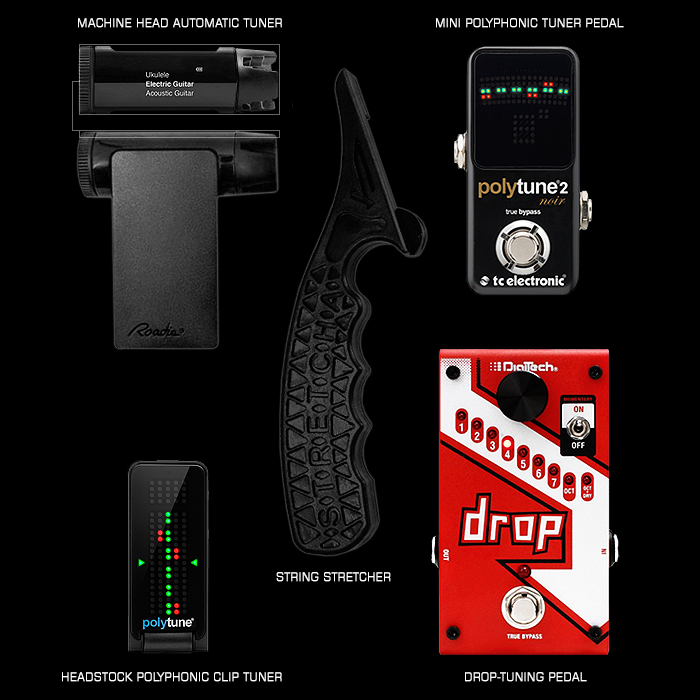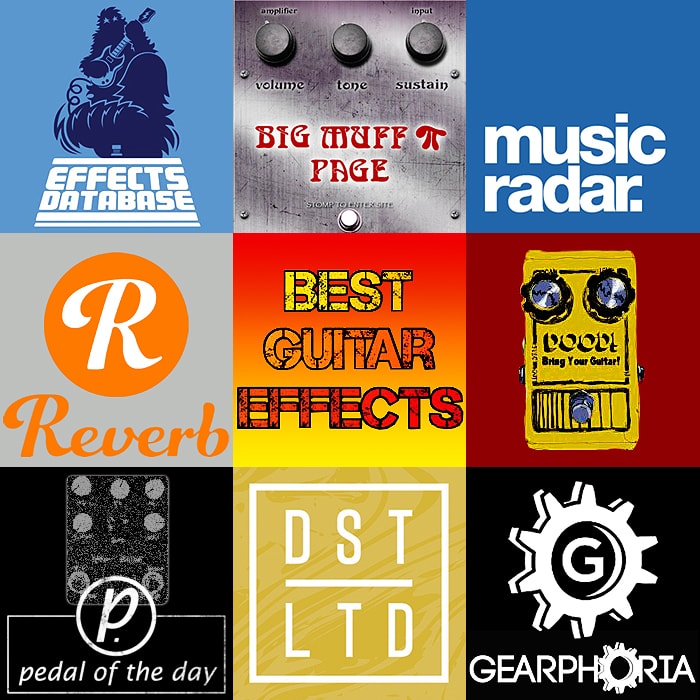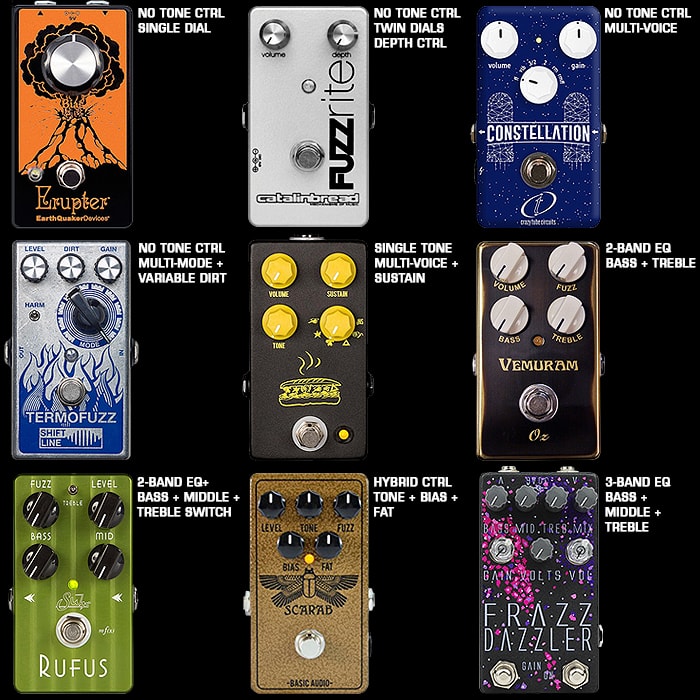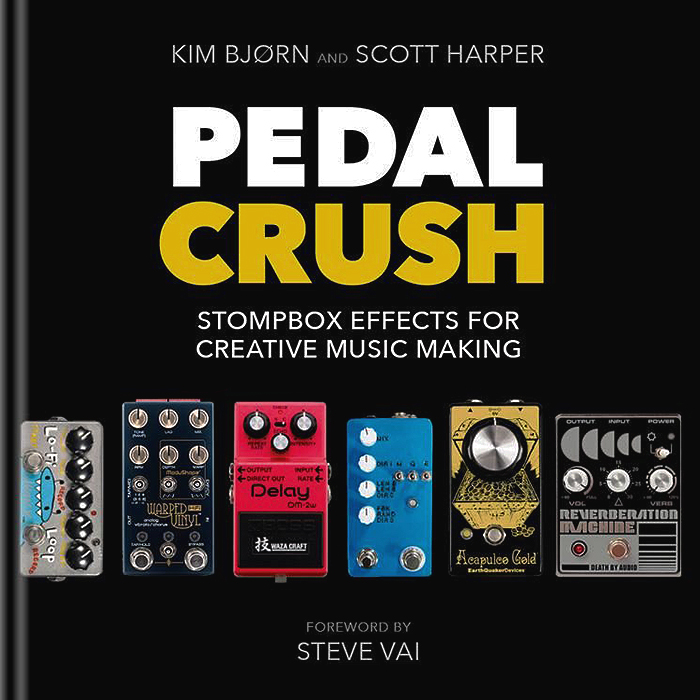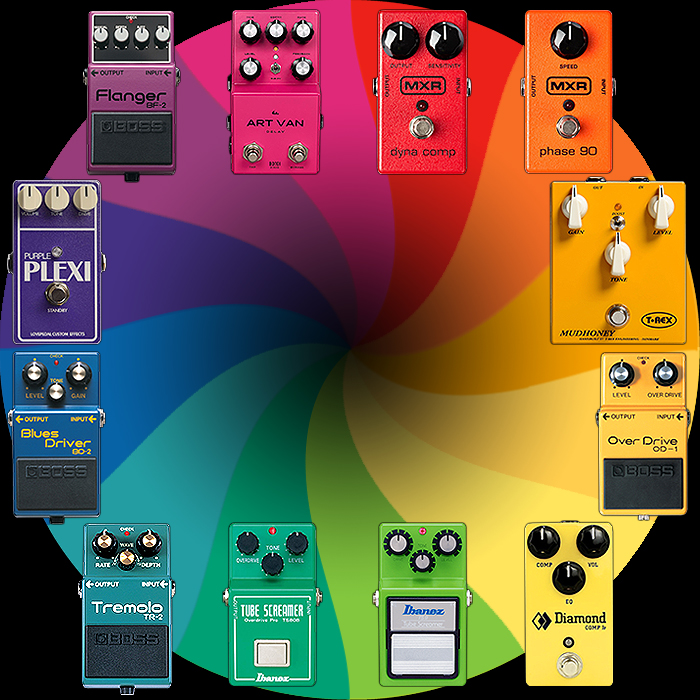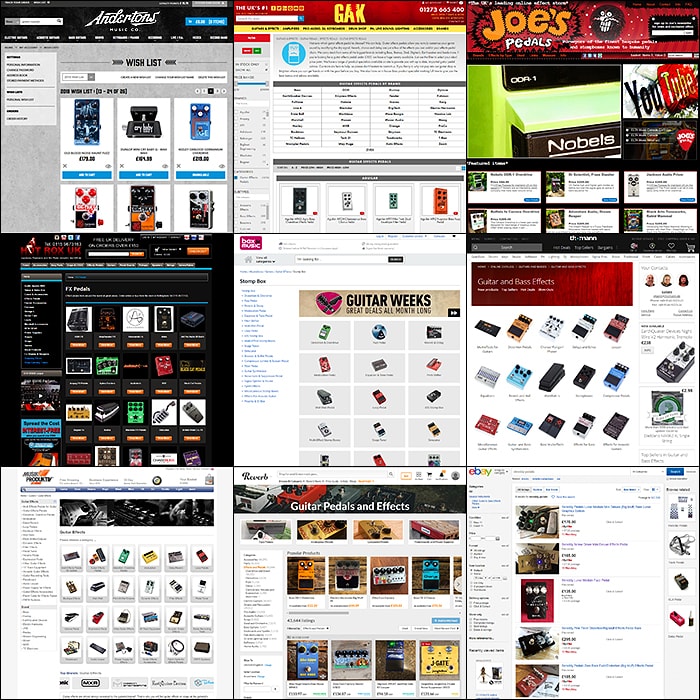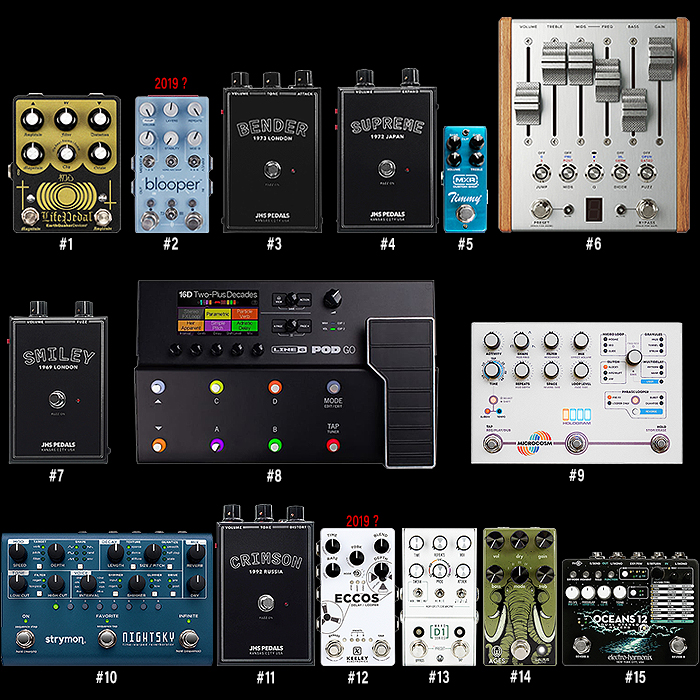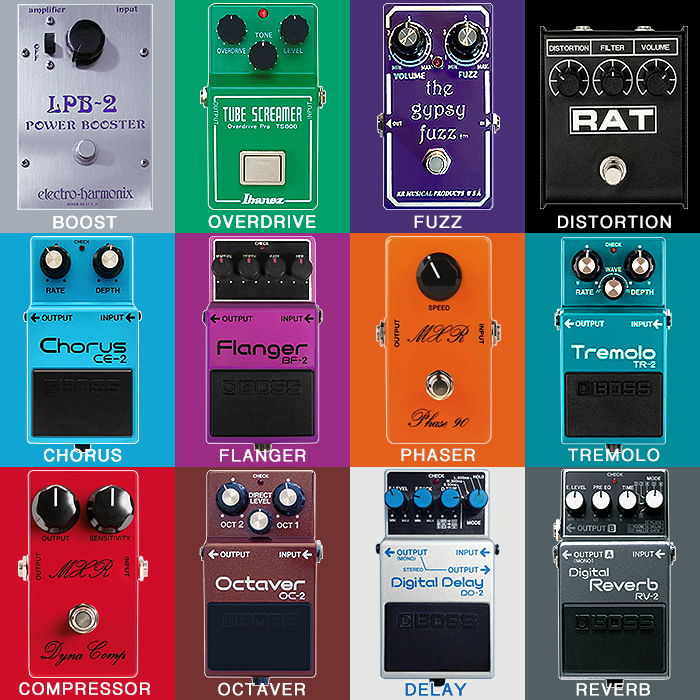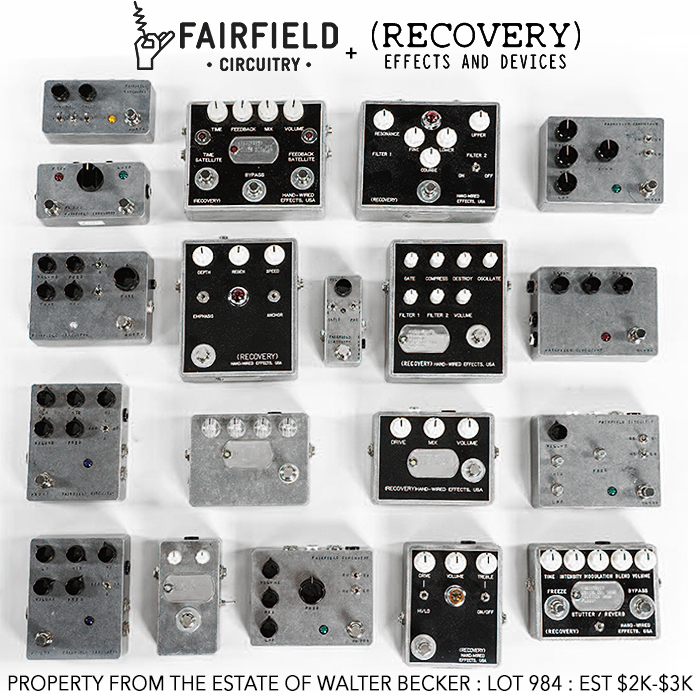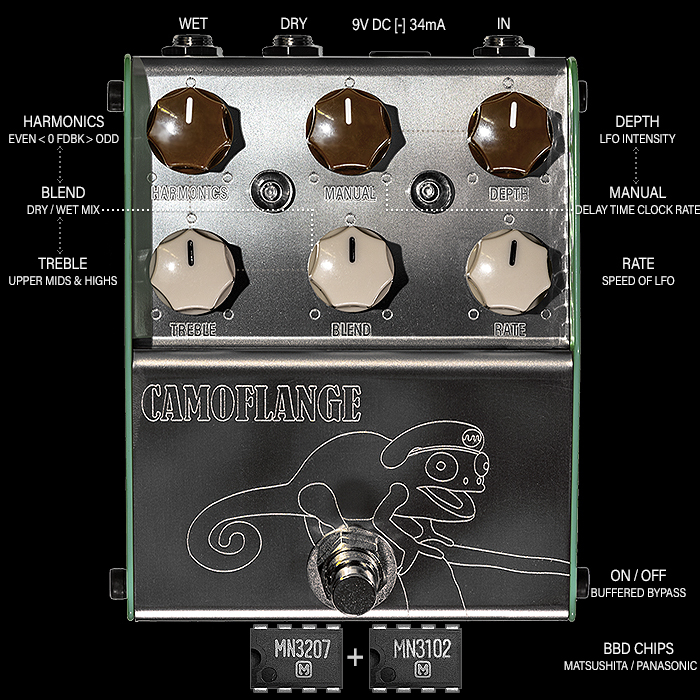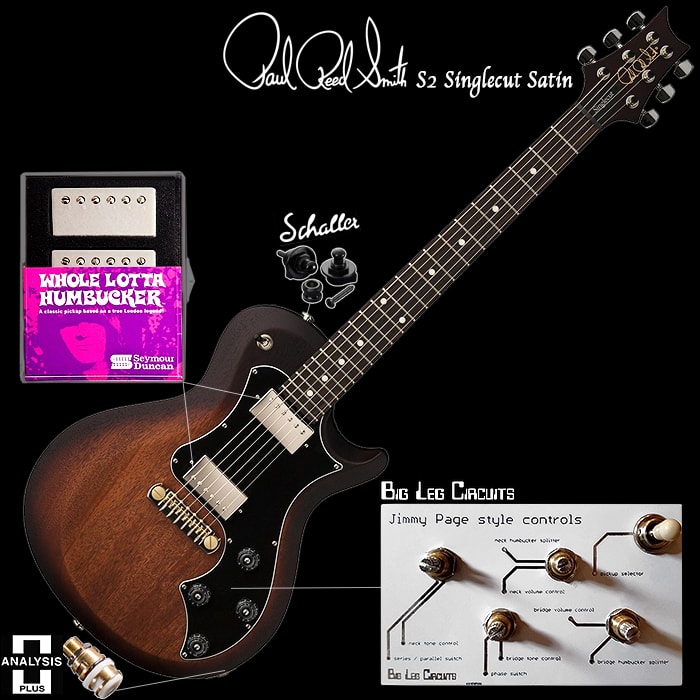The Pedal Movie Review
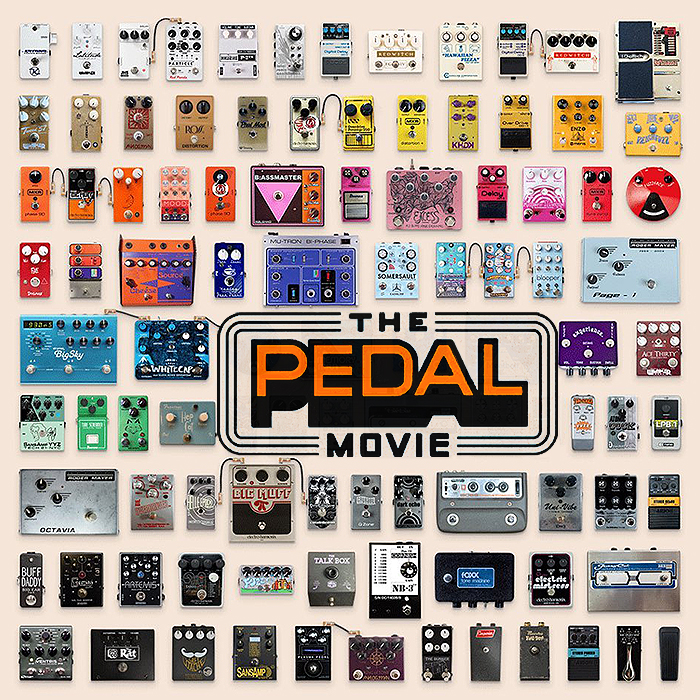
I’ve been excited to see this Pedal Movie since it was first announced quite some time ago now - and the scope and ambition on display is definitely on a grand scale, while overall the movie is sort of a production of two halves.
I had hoped for a a little more erudition - where overall I’m not sure if any of these facts or insights were entirely new to me. Also the coverage was very skewed towards USA and Japan - with just that vintage segment representing UK, and nothing of note from Europe besides JPTR FX - there are lots of great European Builders out there too! In fact the global aspect of pedals was never really touched on.
The film gets off to a great start with some solid and structured pedal history - starting with the DeArmand 601 Electromechanical Tremolo in 1946 and then smartly moving through the 60’s early fuzzes, wahs and then phaser-style effects, including the Uni-Vibe.
Good Friend Adrian (Thorpy) has a significant roll in the early narrative, as does Josh Scott, while Thorpy does not get the opportunity to showcase his own pedals - there is a segment on JHS though. Nice also to see Scott Hager of Axe and You Shall Receive in the smallest of cameos! And I thoroughly enjoyed seeing a small selection of pedal demoers - including Andy Martin, Scott Harper, and Dan and Mick of TPS fame - while said segment was tiny and didn’t really do those essential pedal personalities full justice. Also - calling Dan and Mick ’Soccer Dads’ was somewhat insulting! Shame on Juan Alderete for referring to TPS Mick and Dan as ’Soccer Dads’ and shame on Reverb.com for not editing that out. Absolutely disgraceful behaviour. And woefully ignorant.
I thought more could have been done with smarter flowing timeline graphics and on-screen infographics, while the film really showed off its somewhat budget credentials in the music licensing department - where we really should have heard some Mick Ronson to showcase the first Tone Bender, and some significant Jimmy Page riffage for the MKII edition. The early recording reference for tremolo and early broken parts distortion recording references were also great.
Jimi Hendrix rightfully gets a lot of screen-time across the Fuzz-Faces, Roger Mayer Mods and Octavia, CryBaby and Uni-Vibe segments - but that really just serves to highlight how light some of the other segments are in comparison. We should definitely have had some more classic music excerpts to highlight each and every classic pedal deployment. Beyond Hendrix and the Rolling Stones ’Satisfaction’ - there should have been a number of equally well-known pieces for those pedals not quite given their due.
Up until the late 70’s and Roland/Boss timeline, the narrative maintains a solid and defined structure - thereafter it sort of diverges and becomes more episodic - touching on a variety of disparate topics and opinions - including the rise of Boutique Pedals, Lady Builders and even Internet Trolls.
One of my friends made the comment that this seems more like a well-produced YouTube video than a fully cinematic production - and that is quite evident in the level of cinematography and editing here - which is not quite up to Netflix / awards show standard.
Eventually the film just sort of fizzles out at the 2 hour 22 minutes mark - with the final announcement that the future is bright. As a big fan of the Pedal Crush Book - which is full of fantastic and detailed circuit insights I was hoping that the film would be a little more along those lines - more about the components, circuit makeups, and actual key current pedal trends, directions and paradigm shifts.
In many ways this is more ’The Pedal-People Movie’ than ’The Pedal Movie’ - as the second half is very much semi-unstructured vox populi. I felt that there needed to be more of a connected approach in the second half - to stitch those disparate elements into more of a universal whole.
I really enjoyed seeing so many friendly faces in the film and I felt that the subjects of the interviews all acquitted themselves very well - there just should have been more connected themes and more of a seamless segue / sequence from one moment to the next. Some of that could have been resolved with tighter editing.
It’s not a bad film in any way and is certainly enthusiastically assembled - yet there are some final quality touches missing overall for this particular style of film-making. Good Documentaries still need well-crafted and organised narrative scripting and linkage - and while the film starts off really strong, it latterly loses structure and togetherness during its somewhat meandering second half.
Also the theme of the limited edition pedal releases that were tied to the film were initially all about collaboration - while apart from a short segment talking about reaching out for components and parts supply recommendations from competing builders - there really was not much in the spirit of collaboration within the film. There could have been a whole segment on the Chase Bliss Audio collaborations for instance.
The most interesting segment for me was actually on the lady builders, including Aisha Loe, Devi Ever, Fran Blanche, Heather Bickford, Heather Brown, Julie Robbins, Karen Schierhorn, Louise Woletz Hinz, Natalie Hernandez and Victoria Thiede - but there I would have preferred more of a focus on their development paths and circuit and enclosure design choices rather then the very obvious critique on the somewhat misogynistic white-male dominance of this industry. I also really enjoyed Sarah Lipstate’s (Noveller) soundtrack and soundscapes. And of course elegant electric harpist Lara Somogyi who deserves everyone’s attention :
There were also certain pacing issues in the second half - where the early history narrative seemed to clip along somewhat snappily. But the disjointed second half felt like it sagged a little in places.
Several of the usual suspects music magazines and resources have come away with various lessons learned from the movie - where I feel that there really wasn't anything particularly new, novel or innovative on display here. My recommendation is that the movie is decent enough for newbies and for a fairly solid history lesson on effects pedals - while more experienced players and fans would likely get a lot more from reading the Pedal Crush Book.
I personally am more interested in the minutiae of pedal development - from breadboarding to name creation and graphics - and the various finishing touches too - enclosures, knobs, pots and switches. This film never really delved fully under the surface - it is largely a spoken word / opinion piece sort of affair, with not quite sufficient focus for me on the actual pedals.
I think it's still well worth it for everyone to watch this movie once, while I'm not sure it justifies a second viewing - it's certainly not like one of those films where you rewind to rewatch intricate moments. Overall it could have done with a little more depth, a little more exposition and quite a lot more thematic connectivity.
How did you rate it? I give it a solid Ola Englund style 6 out of 10! With possibly an extra point for ambition.
Trailers and Excerpts



















